Ziwa Rhino Sanctuary – a commendable conservation effort in Uganda!
Uganda used to have a healthy population of both the Eastern Black Rhino and the Northern White Rhinos. But years of internal strife and wars, encroachment, rampant poaching and hunting, lead to the extinction of the Rhino. The Northern White rhino was last seen in 1982 in Murchison Falls National Park. Similarly, the last Eastern Black Rhino was last seen in 1983 in Kidepo Valley National Park. Ziwa Rhino Sanctuary is a brave effort by the Ugandan government and the Rhino Fund to reintroduce the Rhinos back in the wild in Uganda.
Reintroduction of the Rhino to Uganda
Ziwa Sanctuary was established in 2005 by the Rhino Fund Uganda, an NGO. About 70 sq kms of enclosed protected area, Ziwa is located in the Northwest of Uganda, a 3 hour drive from Kampala en route to Murchison Falls National Park.
The long-term goal of the sanctuary is to “build a sustainable rhinoceros population and relocate rhinos back to their original habitat in Uganda’s protected areas” through their breed and release program. The reintroduction of the Rhino is of significant importance to the environment and cultural heritage of Uganda. To this end, the sanctuary is working to increase the population of Rhinos in Ziwa in the initial phase. The next milestone is to start introducing Rhinos in Murchison Falls National Park to start with.
About Rhinos
Rhinoceroses, the largest land mammals after the elephants, consist of 5 species. These are the Black Rhino and White Rhino in Africa and the Greater One horned Rhino (Indian subcontinent), the Javan Rhino and the Sumatran Rhino.
The White Rhino has the largest number at 20,000 odd individuals and consists of two sub-species: the Southern White Rhino and the Northern White Rhino. The Northern White Rhino is nearly extinct as a species, with only two individuals of the Northern White Rhino existing – both females in the Ol Pajeta conservancy in Kenya.
Both the African species i.e. the White Rhino and the Black Rhino look almost the same. The differences in biology arise due to the different habitats they lived in and their evolution adapting to their immediate environment. The Black Rhino is smaller with narrow (pointed & prehensile) lips suited for ‘browsing’ for leaves/bark on small trees / shrubs. (as distinguished from grazing). More aggressive of the two sub-species, the Black Rhino can survive in more difficult environments and go for a longer period without water. In contrast, the larger White Rhino has wider lips suited for grazing (grass on the ground) and is less tolerant of arid areas with scarce water.
A popular (but not proven) explanation of the name is that “white” is a distortion of the Afrikaans word ‘wyd’ or the Dutch word ‘wijd’, meaning “wide”. This refers to the White rhino’s square lips as against the narrow lips of the Black Rhino.
It is pertinent to note that the Northern White Rhinos and Black Rhinos (in the semi-arid Kidepo), were indigenous to Uganda. The species that is proposed to be reintroduced is the Southern White Rhino. So, technically, the Rhinos being reintroduced are an exotic breed!
Read more on: https://www.rhinofund.org/about-rhinos/rhinos-around-the-world
The Progress
The program has been a great success till now. In 2005, six Southern White Rhinos were translocated to Ziwa. Four Rhinos were transferred from the Solio Ranch in Kenya and two were donated by Disney’s Animal Kingdom in Orlando. Initial success came with the birth of the first calf in 2009. The calf was named Obama, as the mother was from the United States and the father was from Kenya! Someone had a topical sense of humour!
From the original 6, till date 17 rhinos of the next generation have been born in Uganda. Furthermore, 14 Rhinos more of the next generation have been born as of 2020, taking the total to more than 30 Rhinos. Undoubtedly a major success, the sanctuary would wait for the strength to increase to about 50 before they start reintroducing Rhinos back in the wild in Uganda.
More about Ziwa Rhino Sanctuary
Rhino tracking on foot
Ziwa is one of the few places in the world, where you can track Rhinos on foot. Join one of the nature walks (organised at intervals during the day), you are sure to spot Rhinos in the sanctuary. I was lucky enough to spot nearly 12 Rhinos in an hour long guided tour. Khalid, our enthusiastic and knowledgeable guide, did a great job of showing the sanctuary and also telling us so much about Rhinos and the other wild inhabitants of Ziwa.
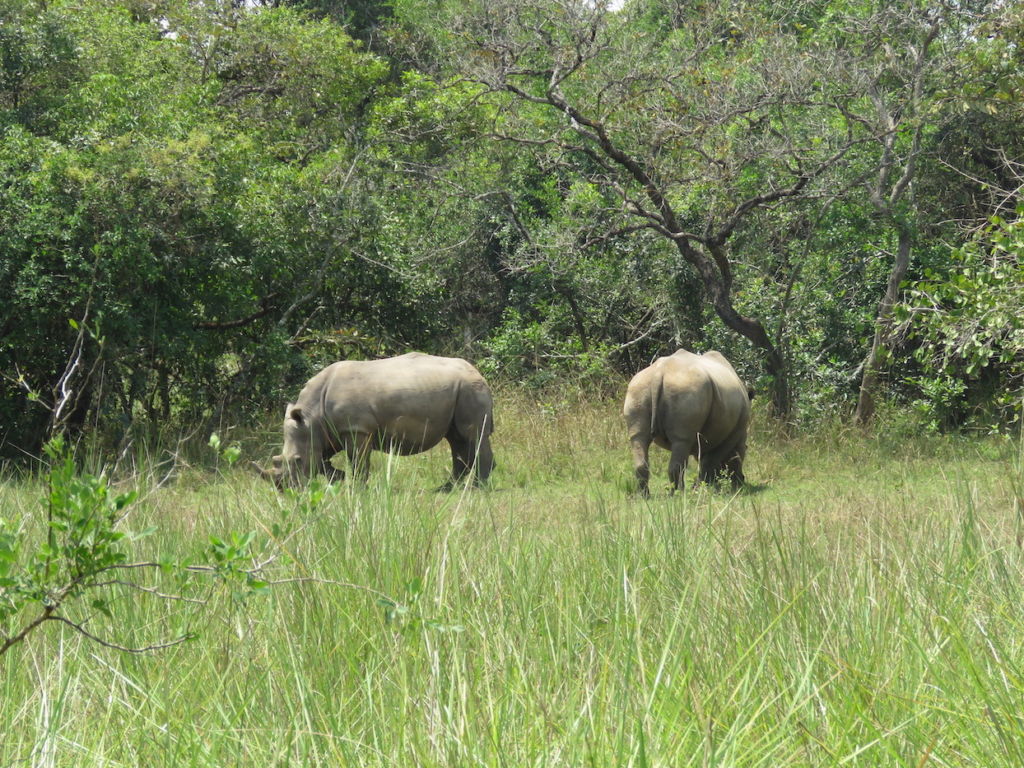
Wildlife in the Sanctuary
In addition to the Rhino, Ziwa being a protected area, is rich in other wildlife. The sanctuary is home to at least 40 mammal and reptilian species.
There are 7 species of Antelopes in Ziwa: Bushbucks, Waterbucks, Reedback, Kob, Oribi, Sitatunga, Duikers.
In addition, there are Aardvarks, Pangolins, Warthogs, Bushpigs, Jackals, Honey badgers, foxes, Bushbabies, civet, Serval, Giant Cat, Leopard, Vervet monkeys, Black & White Colobus, Baboon (only one!), Nile Crocodiles, Mangoose (Banded and white tailed), squirrels, porcupines, Hippos etc.. Though rarely sighted, there are 15 leopards in the sanctuary!
A haven for bird watchers, Ziwa has in excess of 300 species of birds including the elusive Shoebill (Swamp area).
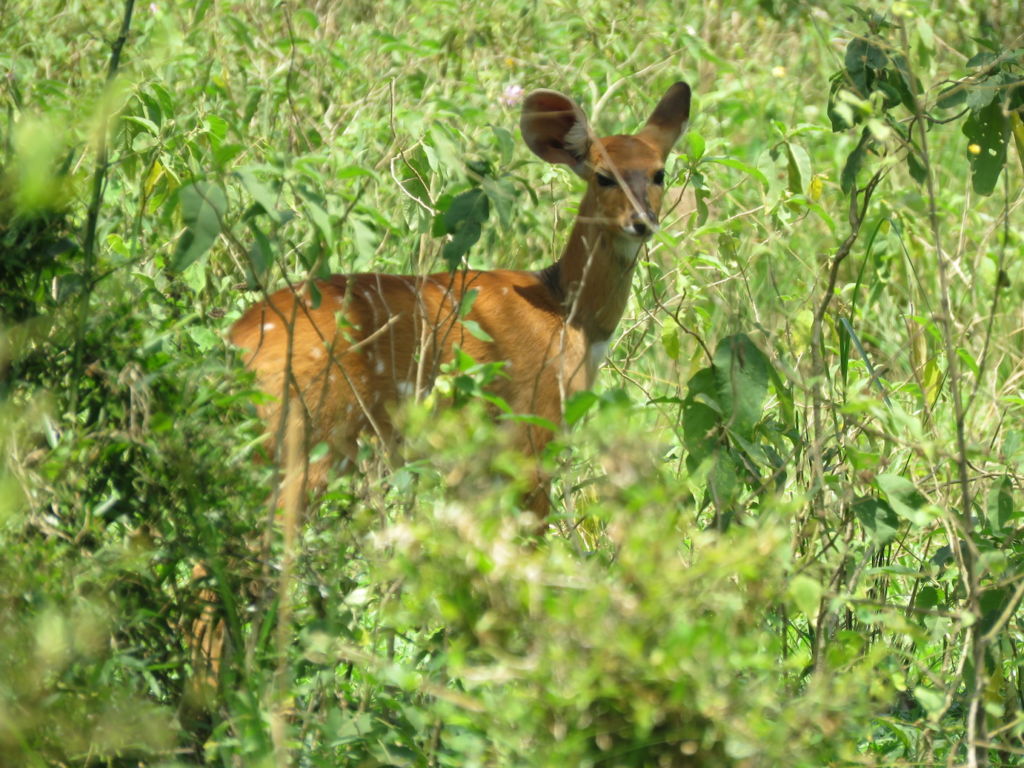
Other Activities in the Sanctuary
Tourist facilities at the sanctuary include a safari lodge, guest house, budget accommodation, and camp-grounds. There are two separate accommodation entities: The Ziwa Rhino Lodge (Guest house, camping and budget accommodation) and the slightly premium: Amuka Safari Lodge.
Staying here can be quite exciting as there are various other activities other than the Rhino tracking that can be done. These include Nature walks, birding trail walks, canoe rides and night walks. The most exciting of all is definitely the ‘Shoebill trek and canoe ride’ in the Lugogo Swamp. Unfortunately, since this activity starts quite early in the morning, it can be done only if you stay within the Sanctuary for the night. They have apparently sighted 11 Shoebills in one trip some time ago! Sounds unbelievable! Sighting even one Shoebill is excitement enough. 11 – phew!!
Our Contribution as Travellers
I had an amazing time at Ziwa, though I went there only for a short day trip. But, I am very glad that I made it there. More than websites or brochures, the on-ground visit opened my eyes to the commendable effort done by the Rhino Fund Uganda and the Ugandan Government. Every visitor to Uganda should definitely visit this Rhino haven, possibly stay overnight. Our visit itself is a contribution to the commendable conservation efforts by the Rhino Fund. And yes, what better way to learn about these fascinating but beleaguered species!
Sources:



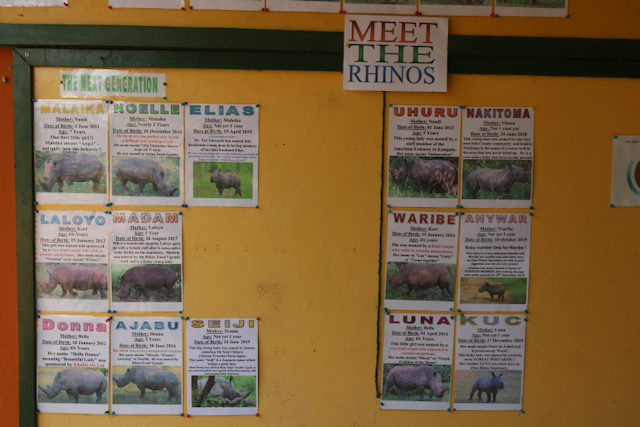
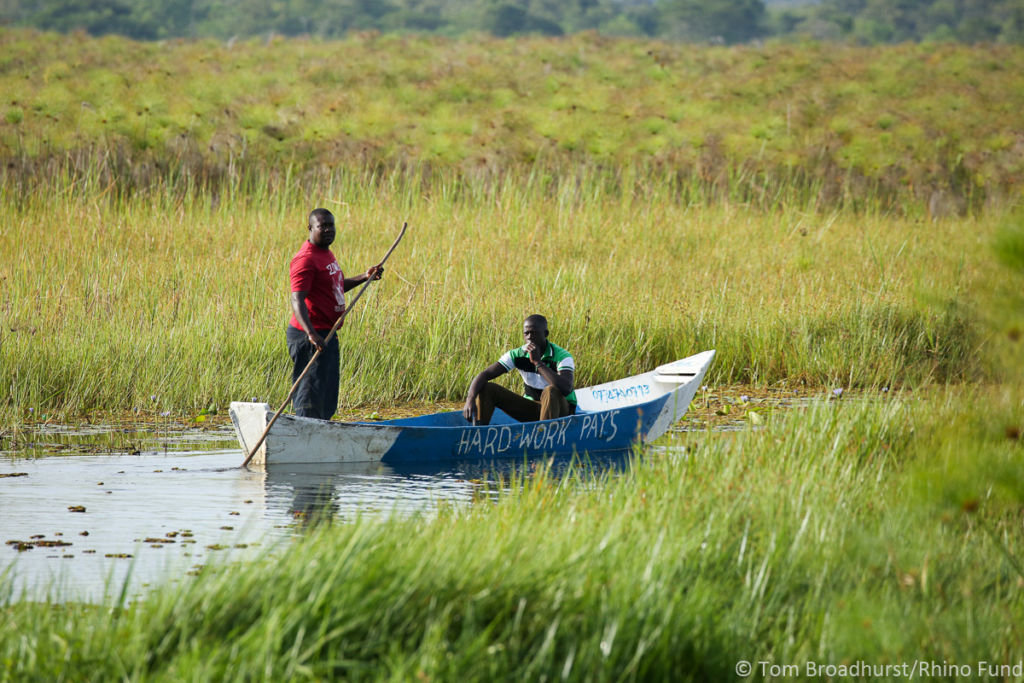
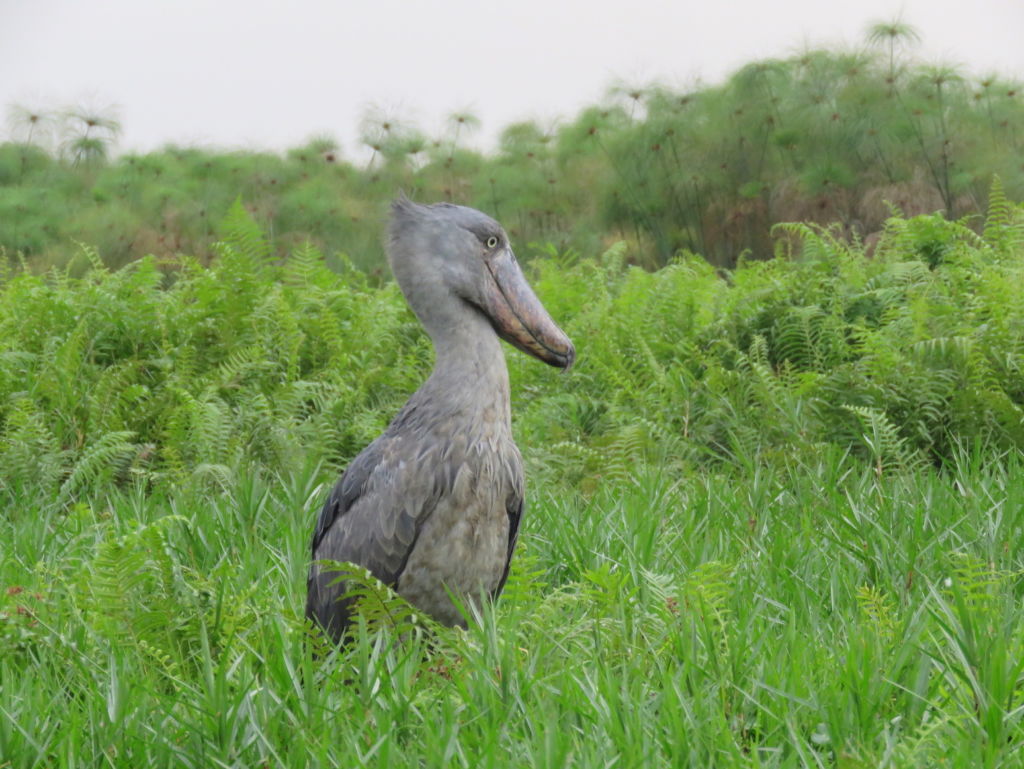

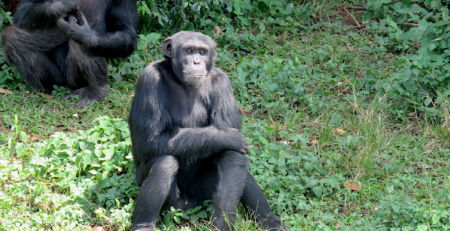
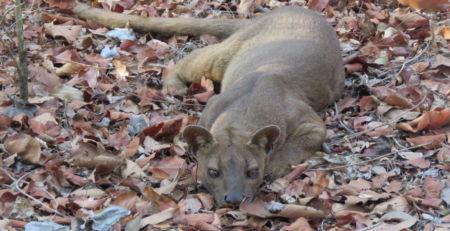
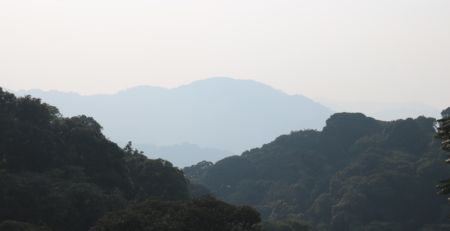
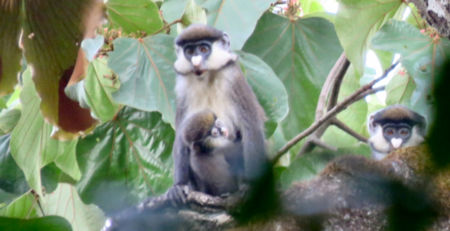
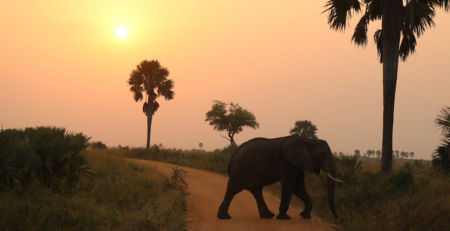

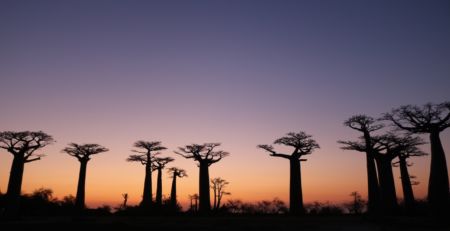


Leave a Reply